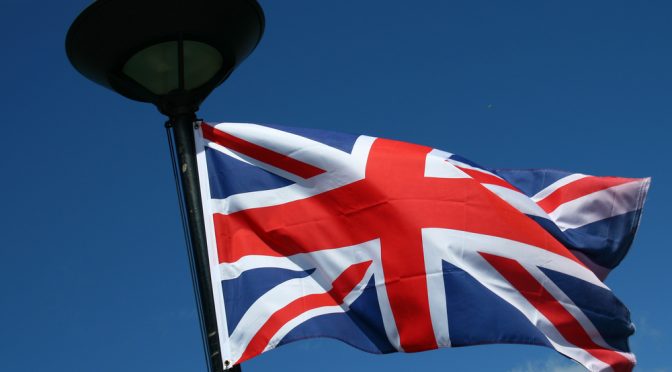
Last week, the Bank of England hiked interest rates for the first time in nearly a decade by 25 basis points. The rate hike was widely expected, and the BoE Governor Mark Carney hinted that future rate hikes would be limited and gradual.
Despite the rate hike, the British pound sold off on the event. This came as the BoE’s gave a downgraded view on its assessment on the supply side. The central bank cited “considerable risks” to the UK’s economic outlook. The rate hike is expected to have but a material impact on household mortgages, especially those with floating or variable interest rates.
However, for the most part, the economic outlook for the UK remains on how the Brexit talks will progress. While this may be the case, wage growth will remain key for the central bank’s next decision. Market speculation puts the timing of the rate hike towards the late first half of next year. The rate hike is also expected to be a one and done deal come 2018.
The UK’s political and macroeconomic outlook has not changed much. Real GDP growth was seen rising 0.4% on a quarter over quarter basis in the third quarter. This was slightly higher than the 0.3% increase in the second quarter. The BoE made a modest downward revision to its growth forecasts last week. It now expects GDP to expand around 1.6% on an annual basis in 2017 and 2018.
The British pound sold off strongly following the BoE’s decision. GBP/USD fell 1.4% on the day on Thursday while EUR/GBP rallied 1.83%. With the outlook for the US and the Eurozone seen to be positive, the British pound is expected to remain subdued.
Here’s a quick technical outlook on the EUR/GBP and the GBP/USD currency pairs.
EUR/GBP – Bias remains neutral for now
The EUR/GBP long-term chart shows that the bias remains broadly balanced for now. The technical outlook presents the descending channel pattern has been formed. Support has been firmly established near 0.8760 with price seen making lower highs resulting in a descending triangle pattern.













Leave A Comment